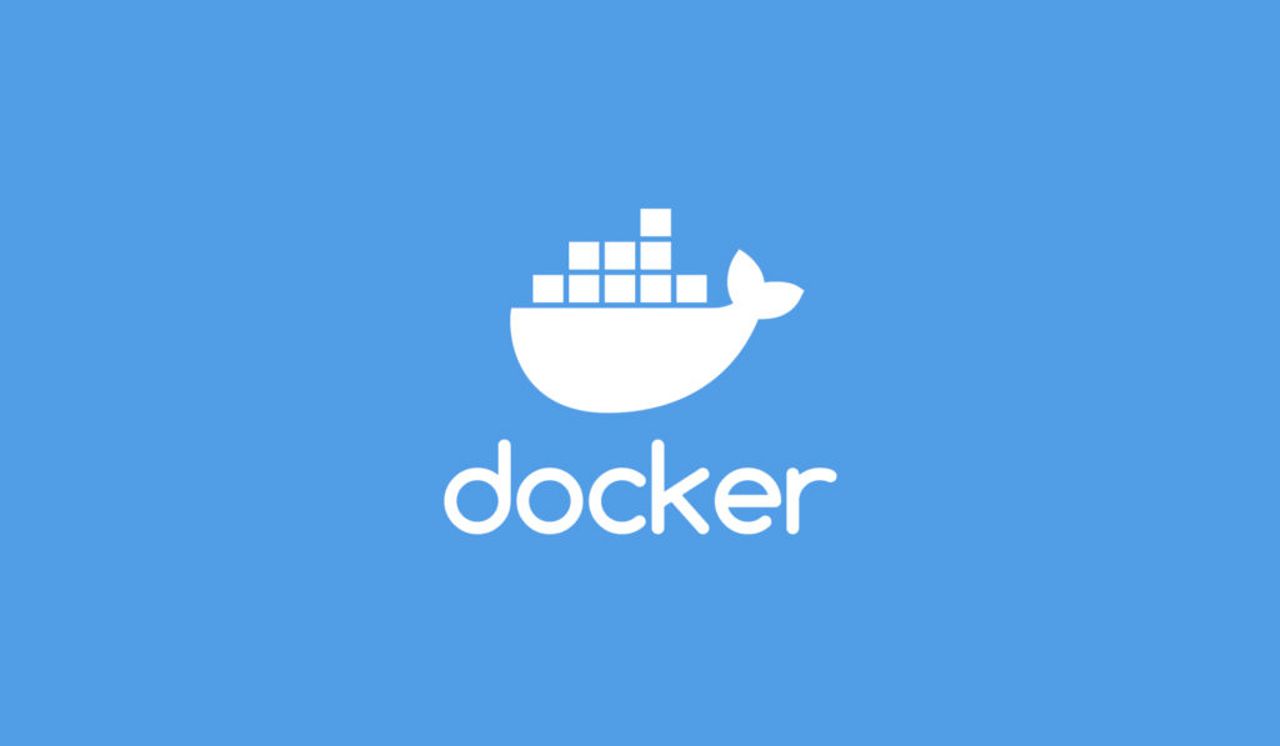
Dependency injection using factories in Swift
Dependency injection is an essential tool when it comes to making code more testable. This week, let's take a look at a dependency injection technique that lets us enable testability without forcing us to write massive initializers or complicated dependency management code.













